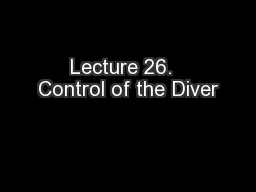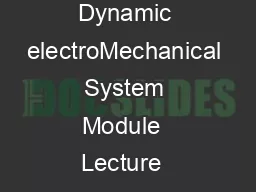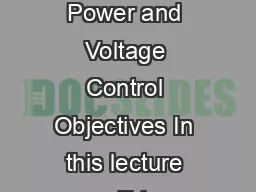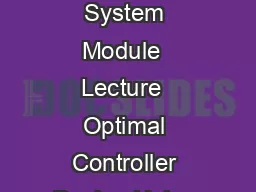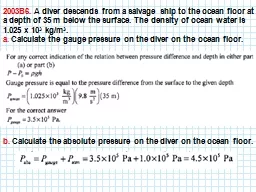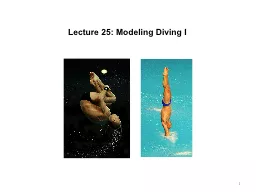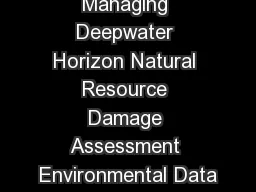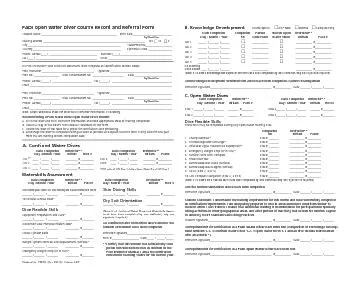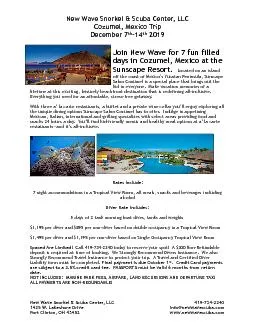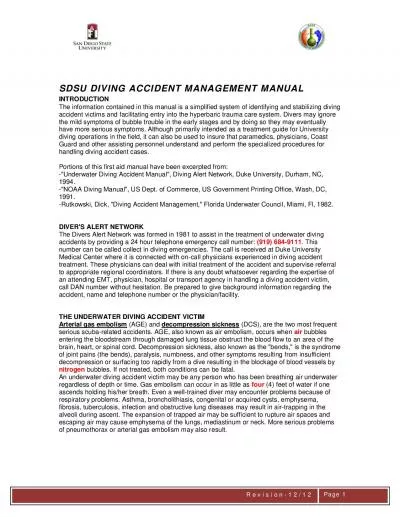PPT-Lecture 26. Control of the Diver
Author : lois-ondreau | Published Date : 2017-08-27
In order for a diver to do what he or she does the diver applies effective torques at the joints We want to find a recipe for doing this that will cause the simulated
Presentation Embed Code
Download Presentation
Download Presentation The PPT/PDF document "Lecture 26. Control of the Diver" is the property of its rightful owner. Permission is granted to download and print the materials on this website for personal, non-commercial use only, and to display it on your personal computer provided you do not modify the materials and that you retain all copyright notices contained in the materials. By downloading content from our website, you accept the terms of this agreement.
Lecture 26. Control of the Diver: Transcript
Download Rules Of Document
"Lecture 26. Control of the Diver"The content belongs to its owner. You may download and print it for personal use, without modification, and keep all copyright notices. By downloading, you agree to these terms.
Related Documents

